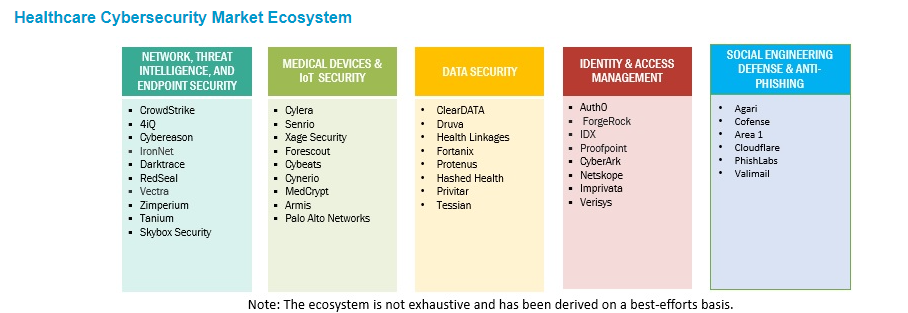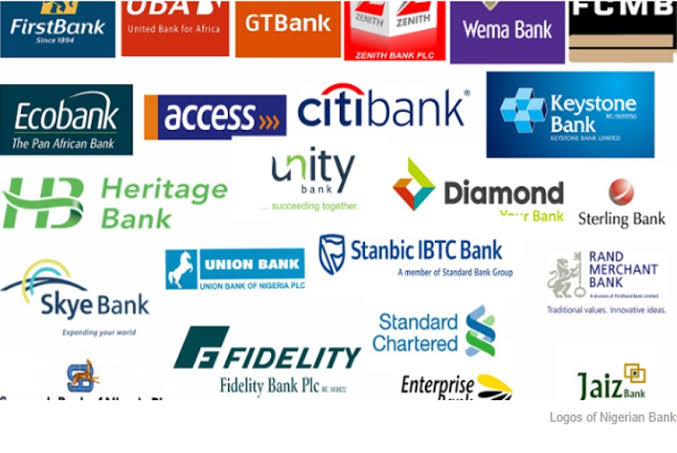Healthcare Cybersecurity Market latest report published by MarketsandMarkets projects the global healthcare cybersecurity market size to grow from USD 18.2 billion in 2023 to USD 35.3 billion by 2028, at a Compound Annual Growth Rate (CAGR) of 14.2% during the forecast period.
The major factors driving the market growth include the increase in cyberattacks and concerns related to security and privacy, the growing acceptance of IoT and connected devices, and the increasing adoption of cloud-based solutions in the healthcare sector.
Some of the prominent key players are:
- IBM (US)
- Cisco (US)
- Palo Alto Networks (US)
- Check Point (Israel)
- Fortinet (US)
- Trend Micro (Japan)
- Dell EMC (US)
- CrowdStrike (US) and many more…
Based on the threat type, the ransomware segment is to grow at the highest CAGR during the forecasted period
Ransomware attacks continue to be a significant threat to healthcare organizations. These types of attacks are a major threat that can disrupt patient care, compromise sensitive patient data, and cause significant financial damage.

According to a report, the healthcare sector accounted for 79% of all ransomware attacks in the United States in 2022.
The impact of ransomware attacks on healthcare organizations has been highlighted by some of the high-profile incidents such as the WannaCry attack on the UK’s National Health Service and the NotPetya attack on Merck pharmaceuticals.
These incidents demonstrated the potential for ransomware attacks to cause widespread disruption and underscored the importance of strong cybersecurity measures in healthcare. Thus, the ransomware segment accounts for the highest CAGR during the forecasted period.
By solution type, Antivirus/Antimalware segment to hold a larger market size during the forecast period
Antimalware helps protect healthcare organizations against malware threats such as viruses, trojans, worms, and other malicious software that can compromise the security of patient data and systems, therefore becoming an important aspect of healthcare cybersecurity.
Additionally, antimalware solutions help healthcare organizations detect and prevent malware attacks by scanning for known malware signatures, analyzing behavior patterns, and using advanced technologies such as machine learning and artificial intelligence algorithms to detect and respond to emerging threats. Thus, the segment holds a larger market size during the forecast period.
By region, Asia Pacific is to grow at the highest CAGR during the forecast period
It is projected that the Asia Pacific region would expand at the highest CAGR during the forecasted period. The Asia Pacific healthcare cybersecurity market is driven by the rising incidences and the complexity of cyberattacks in the region.

Additionally, a growing concern about data privacy and safety, continuous technological advancements in healthcare cybersecurity, and collaboration between private and public sectors to strengthen healthcare cybersecurity.
Furthermore, the growing consumerism in the healthcare industry, the accelerated economic growth of countries in the region, and the rising need to control healthcare costs are some of the key factors responsible for the digitization of the healthcare industry in this region, driving the need for healthcare cybersecurity solutions.












